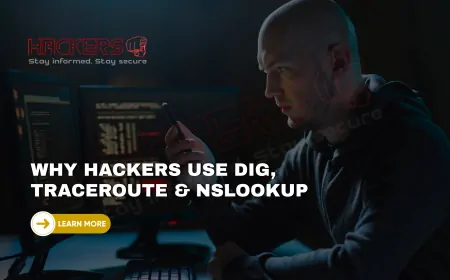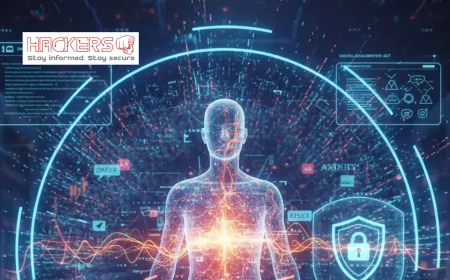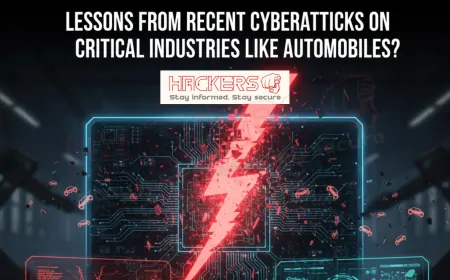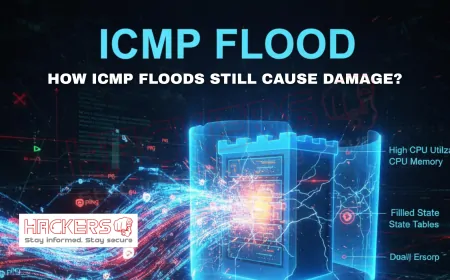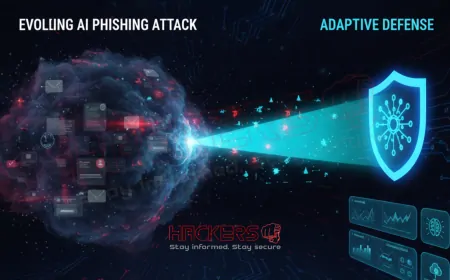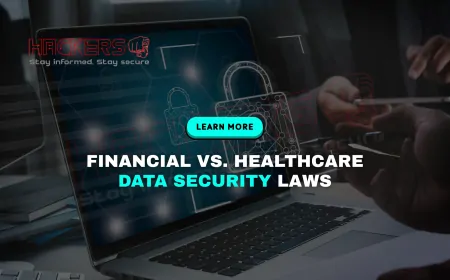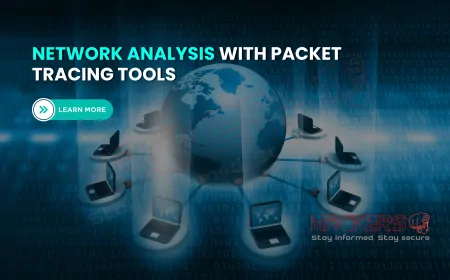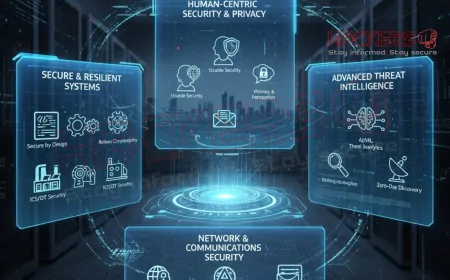How to Prepare a Winning Submission for Cybersecurity Contests
It is 2:47 a.m. on a Friday in October 2025. Your screen glows with a half-finished report titled "Zero-Day Exploit in Legacy IoT Firmware." The deadline for the National Cyber League (NCL) submission portal is in three hours. Your teammate just texted: "We forgot the demo video." Panic sets in, but then you remember the checklist you built last month. Ten minutes later, the video is recording, the write-up is polished, and the evidence files are zipped. You hit submit with 42 minutes to spare. That is the difference between a winning entry and a rushed regret. In cybersecurity contests, from high school CTFs (capture-the-flag challenges where you solve puzzles to find hidden "flags") to global research symposia, the submission is your final boss. Nail it, and you earn badges, scholarships, internships, or even job offers. Flub it, and months of work vanish into the void. This guide is your playbook. Whether you are a high schooler entering CyberPatriot, a college team tackling CSAW CTF, or a professional submitting to the RSA Innovation Sandbox, the principles are the same: clarity, evidence, and storytelling. We walk you through every step, from choosing the right contest to hitting "submit" with confidence. By the end, you will have a reusable template, a checklist, and the mindset to turn late-night chaos into award-season glory. Let’s get your submission contest-ready.
Table of Contents
- Introduction
- Step 1: Choose the Right Contest for Your Level
- Step 2: Master the Rules and Scoring Rubric
- Step 3: Build Rock-Solid Evidence Early
- Step 4: Write a Clear, Compelling Report
- Step 5: Create a Polished Demo or Video
- Step 6: Package and Submit Without Errors
- Team vs Solo Submission Strategies
- Special Tips for Students and Beginners
- Submission Component Checklist Table
- Common Mistakes and How to Avoid Them
- Conclusion
- Frequently Asked Questions
Step 1: Choose the Right Contest for Your Level
Not all contests are equal. A high schooler submitting to DEF CON CTF will drown; a PhD aiming at picoCTF will be bored. Match your skills and goals.
- Beginner (0–1 year experience): CyberPatriot, picoCTF, NCL Individual, TryHackMe tournaments.
- Intermediate (1–3 years): CSAW CTF, NCL Team, HackTheBox events, CPTC regionals.
- Advanced (3+ years or pro): DEF CON CTF, Pwn2Own, RSA Sandbox, Black Hat Arsenal.
- Research-focused: USENIX Security, IEEE S&P, Black Hat Research Symposium.
Check eligibility: age, team size, citizenship. Read past winner reports on contest sites. For 2025, NCL added an "Emerging Threat" category worth bonus points. Ask: "Does this align with my resume goal?" A sophomore who won CyberPatriot landed a summer internship at Raytheon. Start where you can shine, then level up.
Step 2: Master the Rules and Scoring Rubric
Every contest publishes a rubric. Print it. Highlight it. Live by it. NCL scores 40 percent on technical accuracy, 30 percent on documentation, 20 percent on creativity, 10 percent on presentation.
- Download the official PDF: Search "[contest name] 2025 submission guidelines."
- Create a shared doc: Paste rules, assign owners (e.g., "Alex: demo video").
- Map to rubric: For each section, note point value and required format.
- Set internal deadlines: Final draft 48 hours before official close.
In 2025, a CPTC team lost 15 points for a 2.1 MB PDF when the limit was 2 MB. One megabyte cost them the regional title. Rules are law. Know them cold.
Step 3: Build Rock-Solid Evidence Early
Judges do not trust claims; they verify. Start a "proof folder" on day one.
- Screenshots: Timestamped, annotated (use Windows Snipping Tool or macOS Screenshot).
- Logs: Export from Wireshark, SIEM, or terminal. Redact sensitive IPs.
- Scripts: Comment every line. Include README.md with usage.
- Version control: Use GitHub. Link to public repo in report.
- Timelines: Google Sheet with date, action, outcome, proof file.
A CSAW team in 2025 won "Best Forensics" because their timeline showed exact seconds from infection to containment. Evidence is not extra; it is the entry. Collect daily, or regret at 2 a.m.
Step 4: Write a Clear, Compelling Report
Your report is a story: problem, journey, victory. Follow the STAR method (Situation, Task, Action, Result).
Structure (3–5 pages max):
- Executive Summary (150 words): "We discovered a buffer overflow in XYZ firmware, exploited it ethically, and proposed a patch saving $2M in potential breaches."
- Technical Details: Step-by-step with code snippets, diagrams.
- Impact: Quantify: devices affected, CVSS score, mitigation cost.
- Lessons Learned: What you would do differently.
- References: Cite tools, papers, CVEs.
Tips:
- Use active voice: "We executed the payload" beats "The payload was executed."
- Bold metrics: "$1.2M saved" catches eyes.
- One idea per paragraph: Judges skim.
- Proofread twice: Use Grammarly, then a teammate.
A 2025 NCL gold team rewrote their report three times. The final version read like a thriller, not a textbook. Clarity wins.
Step 5: Create a Polished Demo or Video
Many contests require a 2–5 minute video. Treat it like a movie trailer.
- Script first: 30 seconds intro, 2 minutes demo, 30 seconds impact.
- Tools: OBS Studio (free), Loom, or phone tripod.
- Show, do not tell: Live exploit, then patch, then verification.
- Subtitles: For noisy conference judging rooms.
- Export MP4, under 100 MB: Use HandBrake to compress.
A CPTC team in 2025 used a $20 green screen and Canva animations. Their video got 10,000 views on YouTube and sealed their national win. A shaky phone clip loses points; polish signals professionalism.
Step 6: Package and Submit Without Errors
The final hour is brutal. Follow this checklist:
- File naming: TeamName_Contest_Report_v1.pdf
- Zip folder: Include report, video, code, evidence subfolder.
- Virus scan: Use VirusTotal; judges reject infected files.
- Test links: GitHub repo public? Video unlisted?
- Submit early: Portals crash at T-minus-5 minutes.
Save the confirmation email. Take a screenshot. Sleep. You earned it.
Team vs Solo Submission Strategies
Teams divide, solos conquer focus.
- Team: Assign roles (writer, videographer, tech lead). Use Slack + Google Drive. Weekly syncs. One voice in report.
- Solo: Schedule blocks: Monday evidence, Wednesday draft, Friday polish. Talk to rubber duck for clarity.
- Hybrid: Solo for CTFs, team for defense comps like NCCDC.
A 2025 NCL team used Notion for a live dashboard. Every flag capture auto-updated the report. Solo? Use templates. Both win with structure.
Special Tips for Students and Beginners
No job? No problem. Judges love potential.
- CTF write-ups: Detail every command. Link OverTheWire solutions.
- School projects: Turn a class lab into a case study.
- Free tools only: Kali Linux, Burp Community, Wireshark.
- Ask teachers: For testimonials or co-signatures.
- Start small: Win a local Hackathon, then scale.
A 10th grader won CyberPatriot regionals with a 3-page report and a 90-second iPhone video. Judges said: "Clear, honest, impactful." Age is just a number; preparation is king.
Submission Component Checklist Table
| Component | Required? | Format | Points (Example) |
|---|---|---|---|
| Executive Summary | Yes | 150 words, PDF | 10 |
| Technical Report | Yes | 3–5 pages | 40 |
| Demo Video | Often | MP4, <100 MB | 20 |
| Code/Repo | Yes for CTF | GitHub link | 15 |
| Evidence Files | Yes | ZIP subfolder | 15 |
Common Mistakes and How to Avoid Them
Even pros slip. Learn from 2025’s near-misses:
- Missing rubric points: A team forgot "ethical considerations" section, lost 10 percent.
- File too big: 150 MB video rejected. Compress early.
- No timestamps: Screenshots without dates look fake. Use system clock.
- Typos in summary: "We pwned the server" instead of "owned." Proofread aloud.
- Last-minute submit: Portal crash. Submit 24 hours early.
Fix: Use the checklist table. Review as a team. Sleep on it, then recheck. One extra hour saves a season.
Conclusion
A winning submission is not magic; it is method. Choose the right contest, live by the rubric, gather evidence daily, write like a storyteller, demo like a filmmaker, and submit like a pro. Our six steps, checklist table, and tips turn chaos into confidence. In 2025, when a record 1.2 million students competed in cyber events, the winners were not the smartest; they were the most prepared. Start your proof folder today. Your future internship, scholarship, or dream job is waiting on the other side of "submit." Now go capture that flag, and the glory that follows.
Frequently Asked Questions
Do I need coding skills to enter contests?
Not always. CyberPatriot focuses on defense; documentation matters more than scripts.
How long should my report be?
3 to 5 pages max. Judges read dozens; brevity wins.
Can I use free tools only?
Yes. Kali, Wireshark, and Burp Community are contest staples.
What if I am on a team?
Assign roles early. Use shared drives and weekly check-ins.
Are videos required?
Often yes for finals. 2 to 5 minutes, clear audio, subtitles.
How do I compress files?
Use HandBrake for video, 7-Zip for folders. Aim under 100 MB total.
Can students win big prizes?
Yes. CyberPatriot offers $10,000 scholarships; NCL gives certs.
What is a CTF?
Capture-the-flag: solve challenges in web, crypto, forensics to find hidden strings.
Do judges check code?
Yes. Comment every line. Include a README with setup steps.
Can I reuse a submission?
Yes, but tailor the summary and metrics to each contest’s rubric.
What if I find a real zero-day?
Report responsibly via vendor or CERT. Do not exploit in public.
How early should I start?
Day one of the contest. Evidence compounds.
Are solo entries harder?
Not harder, just different. Focus wins over breadth.
Do typos hurt my score?
Yes. They signal carelessness. Use Grammarly and a friend.
Can I include humor?
In moderation. A funny meme in the appendix is fine; keep the report professional.
What file formats are safe?
PDF for reports, MP4 for video, ZIP for evidence. Avoid executables.
How do I get testimonials?
Ask coaches or teammates post-event. "Mind quoting our win?"
Is GitHub required?
Strongly recommended. Public repo proves transparency.
What if the portal crashes?
Email organizers with timestamped proof. Submit 24 hours early to avoid.
Do contests lead to jobs?
Yes. 70 percent of NCL top-100 finishers get internship offers.
What's Your Reaction?












